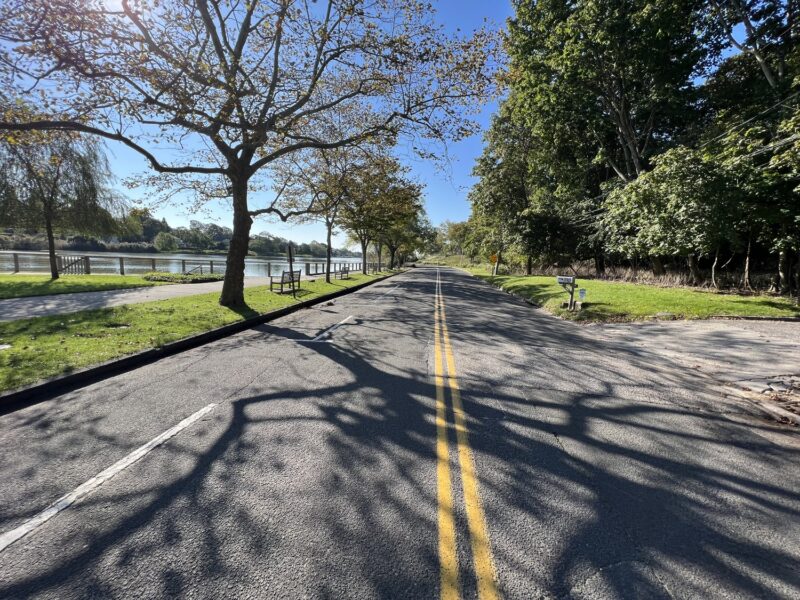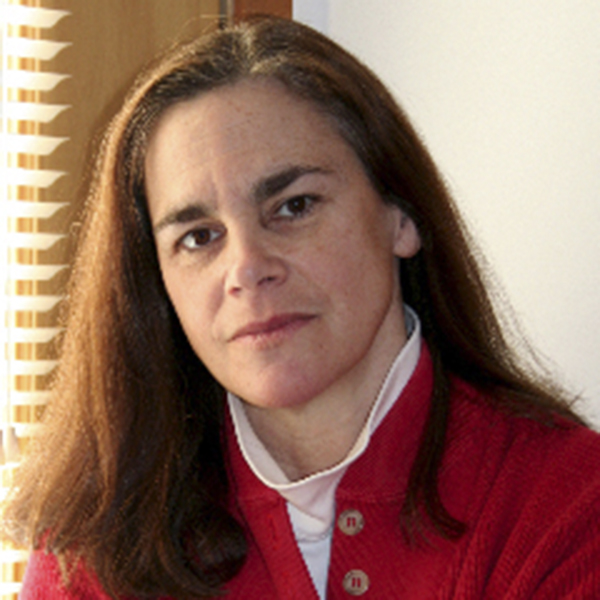

“A New Park and a Cleaner Lake on the Horizon for Agawam,” the subject of the Express Sessions event held last Thursday at Southampton Social Club, featured a lively exchange of ideas between a diverse panel of stakeholders and members of the public.
The proposed project is a multifaceted one involving the revitalization of Lake Agawam, currently one of the most polluted lakes in New York State. Government money from the Community Preservation Fund will also be tapped for the creation of a new 11-acre park, with a current design proposal from architect and garden designer Peter Marino.
The plan also involves closing a quarter-mile-long section of Pond Lane, running parallel to the lake, to vehicular traffic. Pedestrians and bicycles will be allowed on this narrowed pathway.
Additionally, the park has been proposed with two properties purchased by Lake Agawam Conservancy member John Paulson, one being sold to Southampton Town through the Community Preservation Fund at the price he paid for it and the other donated by Paulson. A third property, previously purchased by the CPF, is contiguous to the others.
Restoring this “Jewel of Southampton” has been the focus of the Lake Agawam Conservancy, a group of Southampton Village homeowners who have dedicated themselves to ridding the lake of harmful algal blooms and nitrogen and phosphorus runoff from preexisting, substandard septic drainage to protect human health and well-being. An on-site facility will be built to filter the water.
The pollution of the lake has been a problem for well over 100 years. In 1915, The Southampton Press published a front-page article on plans to dredge the bottom of the lake to rid it of weeds. Road runoff was a problem, and sewerage also polluted the lake as it seeped down Culver Street and Windmill and Jobs lanes. Part of the lake had become a swamp. Another article also noted the presence of algae as well. Private donations from Lake Agawam residents paid for remediation at that time.
David Bohnett, who lives on First Neck Lane, is a board member of the Lake Agawam Conservancy. He began the panel discussion with an overview of his work to remediate the lake for the last 16 years. Bohnett told the audience that the administration of the park would be modeled after the Central Park Conservancy, which is a 501(c)(3) corporation. Should the project be approved, there would be no intent to privatize the gardens.
Dr. Christopher Gobler, a professor at the Stony Brook University School of Marine and Atmospheric Sciences, spoke of the vegetative buffers and the algae harvesters that will be provided, using both public and private funding, to treat runoff and the lake water.
Sessions moderator Joseph Shaw, the executive editor of The Express News Group, asked how the harvesters work, and Gobler explained that by taking the water into a conveyor belt, 90 percent of the toxins are removed before sending the water back to the lake. For this body of water, formed 10,000 years ago, the mitigation provided by the harvesters, buffers and upgraded septic systems will act as “a time machine in reverse.”
Janice Scherer, the Southampton Town planning director, explained the land swap, according to New York State law. When parkland is alienated — taken for nonpark use — it must be exchanged for new parkland. In this case, the lakeside Doscher Park, which is where the algae harvesters will be located, will be alienated and exchanged for the proposed park along Pond Lane.
Questions started to come from the audience, one man alluded to the notion that this project wasn’t about cleaning the lake but, rather, that was “lipstick on a pig.” Residents of First Neck Lane would now have a view of the water through the proposed park, as opposed to the parcels of land that could have been developed as residences. Also, the lane will no longer be a thoroughfare, a change that will provide homeowners more privacy and an uptick in property values.
He asked why government wasn’t in charge of developing this project from the beginning. It struck him as not being representative, in terms of the community.
Panelist Michael Irving, a former mayor of Southampton Village, noted that there would be “waterfront but no road,” implying a private benefit to property owners. He observed that the proposed project had not gone through a normal process, which would have included review by the Village Board. Would the park be locked at night? Would there be deer fencing and lighting as well?
The park should have gone before the Planning Commission and, after, with the creation of the gardens and gates, it should have proceeded to the ARB. He felt the entire project should be “re-presented” to the Village Board. He also recommended that the board authorize an independent agency to review the Nelson Pope Voorhis traffic study data.
Brenda Simmons, who helped to spearhead the preservation and landmarking of the Pyrrhus Concer House on Pond Lane, asked why the dedicated roadway called Concer’s Way in front of the house wasn’t even addressed by the conservancy. The plan calls for a rebuilt Concer House with a visitors center. How will it be accessed readily with Pond Lane transformed? There was dead silence in the room after she spoke.
Panelist Shannon Willey, owner of Sea Green Designs in Southampton Village, asked how flexible the Lake Agawam Conservancy would be with the current design, and how far along were they with the process. As a member of the business community, she said there are legitimate concerns that should include the environmental perspective and the phases of this design project. She commented, “It’s the community that’s the client here.”
For the sake of looking at multiple, possible options for the gardens as opposed to just one scheme, I suggested that it might be worthwhile to hold a design competition for the gardens.
The real question percolating in the room was whether this project was dressed up, or did it have real purpose. Gobler gave a resounding “yes” to its purpose and the remedies needed to make things right. He emphasized that if only septic remediation was used, it would take 25 years for the lake to cleanse itself. All the methods for the treatment of the lake should really be done together to clean it up as soon as possible.
Mayor Bill Manger told the audience he is very open to listening to ideas from the public. He also discussed how Agawam Park is being better used for the public with events and vendors as well as mentioning need to address the degradation of the World War I monument.
In the back of the audience Jane Conolly asked why the remediation couldn’t start right away. Manger said that he has the contract for the three harvesters on his desk now but hasn’t finished reviewing them yet. It’s likely the algae harvesters won’t come in until 2024.
Shaw asked if there was any possibility of designing the project in such a way as to keep Pond Lane as is. Gobler answered that the space between the existing roadway and the lake wasn’t wide enough to provide the robust density needed to combat the runoff.
Perhaps some kind of trench drainage along the lane could redirect the runoff elsewhere. It would be good to continue to investigate other possible options along the lane to deal with the runoff. There were many in the audience who wanted to keep Pond Lane whole not only because of its scenographic quality but also as another back way to enter the estate section easily.
While the Lake Agawam Conservancy has put considerable time, money, resources and effort into the betterment of the lake and gardens, which could only enhance the community, this is also a project where public monies are being spent. Consequently, like any other project of this nature, it has to be reviewed by the government agencies having oversight and jurisdiction.
Attendees applauded when there was criticism of the way this project has been handled so far. There is no room here for design by fiat. However, this Sessions event showed an immense concern on the part of the public and also a willingness on the part of the Lake Agawam Conservancy to come to the table and flesh out ideas.
Anne Surchin is an East End architect and writer, vice chair of the Southold Historic Preservation Commission and co-author with Gary Lawrance of “Houses of the Hamptons 1880-1930.”
 More Posts from Anne Surchin
More Posts from Anne Surchin